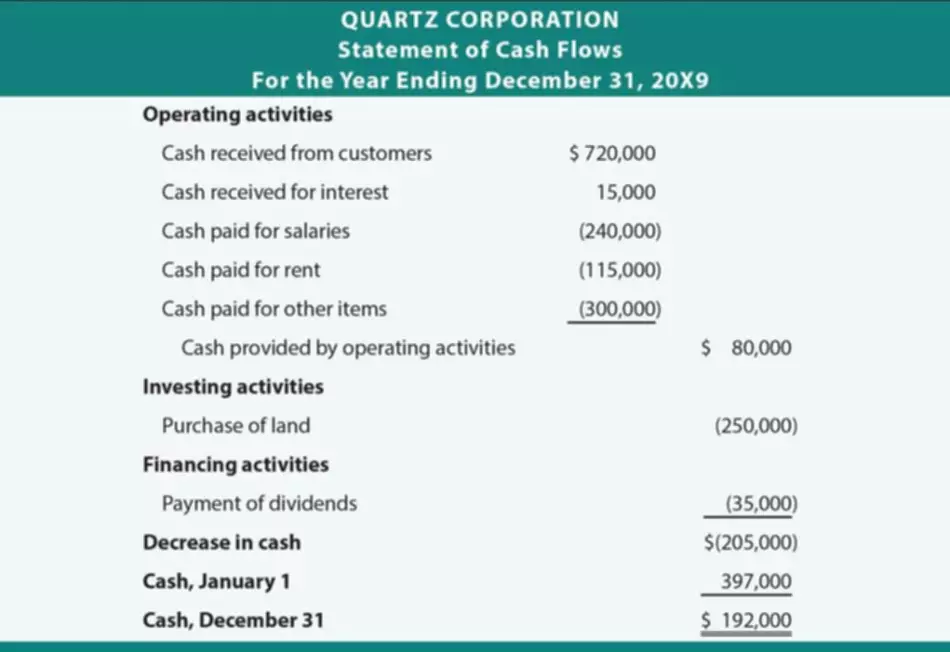Content

Similarly, in the event of foreclosure, a professional management team will need to be paid out of the project’s NOI in order to continue operating the property. While an owner managed property might provide some savings to the owner, the lender will likely not consider these savings in the DSCR calculation. The difference between DSCR and the interest coverage ratio is that the interest coverage ratio only covers the interest expenses. DSCR gives a more realistic picture of the company’s ability to meet its obligations. Companies with less than a “1” score may still be able to get their loans granted through the establishment of a debt service reserve account. This account protects the lender by having funds set aside to support the loan.
DSCR Investment Property Loan – Coronado Times Newspaper
DSCR Investment Property Loan.
Posted: Wed, 23 Nov 2022 16:00:01 GMT [source]
Grasping this financial concept may make it much easier to understand your ability to address your financial obligations, and ultimately help you manage your finances wisely. DSCR is yet another tool to check the capacity of businesses to pay back their loan. The other two metrics include the debt-to-equity ratio and the debt-to-total assets ratio. The two are not mutually exclusive – a company can have both a DSCR and a DSRA. A DSCR measures how easily current earnings cover current interest payments.
Want More Helpful Articles About Running a Business?
Here, the net operating income is obtained by subtracting all net operating expenses from the revenue generated by a company. debt service coverage ratio In contrast, the total debt service is obtained by adding all principal and interest payments of the borrowers.
A tendency to lend to less-qualified borrowers can, in turn, affect the economy’s stability. For example, some may use operating income, EBITDA, or EBIT as the numerator.
Why Is The Debt-Service Coverage Ratio Important?
Finally, DSCR does not consider the interests on a business’s loans, which can impact its ability to repay its debts. The Debt Service Coverage Ratio is the net operating income divided by total debt service. The DSCR is a key financial metric used to assess a company’s ability to repay its debts. Some investors use a vacancy rate of 5-10% as a “ballpark” reduction, but randomly choosing a vacancy percentage can lead to a gross operating figure that is over or understated. There are a couple of good ways to understand what the true vacancy history of a rental property is. Debt service refers to the money that is required to cover the payment of interest and principal on a loan or other debt for a particular time period. The DSCR calculation may be adjusted to be based on net operating income, EBIT, or EBITDA .
- Many lenders will look for a specific DSCR minimum to lend on, generally at least a 1.25.
- Therefore, there is a little bit of inconsistency when reviewing both a set of GAAP-based financial statements and a loan agreement that stipulates fixed cash payments.
- If the DSCR calculated for a company is 1 or more, it indicates that the company can manage the financial obligations from the revenue generated.
- Because real estate investors write off expenses on their properties, some may not qualify for a conventional loan.
- Lenders calculate the debt service coverage ratio as part of the underwriting process.
- If the property is generating an NOI of $7,500, the investor can use the DSCR formula to calculate the amount of annual debt service the lender will allow, and the down payment needed to purchase the property.
As shown above the DSCR is 1.23x in year 1 and then steadily improves over the holding period to 1.28x in year 5. This is a simple calculation, and it quickly provides insight into how loan payments compare to cash flow for a property. However, sometimes this calculation can get more complex, especially when a lender makes adjustments to NOI, which is a common practice. Unfortunately there is no one size fits all answer and the required DSCR will vary by bank, loan type, and by property type. A DSCR greater than or equal to 1.0 means there is sufficient cash flow to cover debt service.
How to Calculate Debt Service Coverage Ratio
On the other hand, the ICR looks at a company’s earnings before interest and taxes in relation to its interest expenses. This ratio assesses a business’s ability to generate enough income to cover its interest payments. All in all, the DSCR is a very important factor when it comes to commercial real estate.
In other words, the company’s income is six times larger than its required debt payments. Net operating income is then divided by total debt service for the period. Total debt service includes the repayment of interest and principal on the company’s debts and is usually calculated on an annual basis. DSCR is a commonly used financial ratio that compares a company’s operating income to the company’s debt payments. The ratio can be used to assess whether a company will be able to use income to meet its principal and interest obligations. The DSCR is commonly used by lenders or external parties by implementing operational requirements to mitigate risk in loan terms.
To calculate DSCR, EBIT is divided by the total amount of principal and interest payments required for a given period to obtain net operating income. Because it takes into account principal payments in addition to interest, the DSCR is a slightly more robust indicator of a company’s financial fitness. Whether the context is corporate finance, government finance, or personal finance, the debt-service coverage ratio reflects the ability to service debt given a particular level of income. The ratio states net operating income as a multiple of debt obligations due within one year, including interest, principal, sinking funds,and lease payments. In other words, it’s important to know because it helps lenders learn if their borrowers can successfully generate enough cash flow to cover their loan payments. It’s important to understand DSCR in the case of calculating cash flow analysis for a prospective loan for commercial real estate and, in some cases, residential real estate. People who are interested in purchasing an apartment building tend to get their DSCR calculated in order to understand more about their prospective purchase.
- Businesses can get started with First Republic business resources such as Small Business Bookkeeping 101 and consult with First Republic financial professionals to manage their overall financial health.
- Other sectors (i.e. software/technology) are more reliant on equity funding, carry less debt, and have naturally high DSCR.
- Getting capital or lines of credit is very important for small businesses and having a good DSCR can only help.
- When these borrowers began to default en masse, the financial institutions that had financed them collapsed.
Real estate investors can adjust their offer on a rental property to produce a specific https://www.bookstime.com/, and also monitor the ratio to help tell if the time is right to refinance a rental property. The DSCR shouldn’t be used solely for determining whether a company is a good investment.
Debt Service Coverage Ratio & Financial Analysis
Investors have many financial metrics available to them, and it’s important to compare several of those ratios to similar companies within the same sector. Also, please note that there are other debt service coverage ratios, including two of which relate to property loans that were not covered in this article. In the context of government finance, the DSCR is the amount of export earnings needed by a country to meet annual interest and principal payments on its external debt. In the context of personal finance, it is a ratio used by bank loan officers to determine income property loans. Many lenders will require a 1.25 DSCR to qualify for a DSCR mortgage loan.

